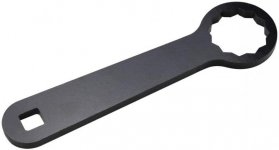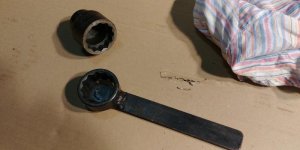Hokiev
New member
CORRECTION - SHOULD Have indicated 36 mm not 37 mm. Thanks for the correction.
For those who have tackled removal of the rear wheel on a 2015 RTS to replace the tire, did you use a 37mm wrench or socket to remove axle bolt? I would prefer not to have to purchase both if it can be avoided.
Thanks
For those who have tackled removal of the rear wheel on a 2015 RTS to replace the tire, did you use a 37mm wrench or socket to remove axle bolt? I would prefer not to have to purchase both if it can be avoided.
Thanks


